How to Get Your Dog’s Attention
by dogtoyadvisor | Last updated on November 18, 2020
We only review products we tested ourselves. We have affiliate partnerships, so we get a share of the revenue from your purchase.

Dogs are naturally distracted beings.
Maybe it’s the fact that they have a much better sense of scent and hearing than we do, which causes them to hear and smell everything that goes on around them.
Or maybe they’re just curious, enthusiastic creatures to whom everything is just amazingly interesting.
Whatever the reason, it can be frustrating having a dog more interested in just about anything else than what you’re trying to get him to do.
No matter how old your dog is, how long he’s been with you or his personality, the first thing he needs to learn is to focus on you.
Why Is It So Important That Your Dog Focuses On You
Several reasons, actually.
How can you train your dog if he doesn’t focus on you?
Train means consistency and focus, doing the same thing every day for as long as it takes for your dog to apprehend the behavior.
Very hard to do if he’s more interested in anything else.
Also, making your dog focus on you on different occasions means you can call him to you at any time.
When he’s about to cross a busy road, when he’s running away from you, when there’s an aggressive dog nearby and you want to keep him from attacking or running away, whatever the situation, getting your dog to pay his undivided attention to you is vital.
Even at home, when your dog is doing something he shouldn’t or just about to (eat things he shouldn’t, chew something that isn’t a chew toy, etc), getting him to focus on you and stop the behavior is very handy.
We’ve actually covered this subject in other posts, like when we taught you how to teach your dog to come when called or how to train your dog not to run away, if you’re interested on learning more.
9 Tips to Get Your Dog’s Attention
It might sound simpler than it is. After all, you are the center of your dog’s life, he loves you unconditionally and the sun in his life, right?
But never underestimate the temptations that surround him.
Here, I’ll show you how to teach your dog to focus on you, at any time, any place.
Tip 1 – Be Present
Teaching your dog to focus on you is a two way street. Just like your dog picks up on all sorts of things, like your moods or how you’re feeling, he’ll also know if you’re not focusing on him.
If you’re doing this, commit to it. Be present, make him feel how engaged you are.
Tip 2 – Be Consistent
Training is a process. Don’t expect to teach your dog something and have him learn it immediately.
Nor should you expect your dog to apprehend the intended behavior after just one session.
Start small. Like 10/15 minutes a day.
Every day for as long as it takes.
Tip 3 – Make It A Positive Experience
This is paramount for any training.
Make it a positive experience for your dog. Like a game or playtime.
Ideally, you’ll want to make him excited about the prospect of training, a little bit of quality time with his human, what can be better?
Tip 4 – Pick The Right Equipment
You don’t need much.
First, you’ll want to get his favorite treats, preferably low calorie because you may need a few.
These are the ones we prefer and, of course, our dogs love it too.
Then, you’ll need a clicker, if you’re a fan of them.
We personally are. Clickers for us are the best way to mark the behavior we want our dogs to apprehend.
Soon enough, all we need is the clicker and they know exactly what we expect them to do.
Tip 5 – Start Small and Build From There
For the first few exercises, you’ll want to pick the quietest place you can find.
Preferably indoors, in a quiet room without toys or food or any further distractions.
Also, choose the best time of day to do this. At what time of day is your dog the most quiet?
If your dog is high energy, you may want to take a long walk with him or do a bit of playtime before training, just to make sure he’s spent his extra energy and is now ready to focus.
These two things alone can make all the difference in how good your training goes.
After a few days of quiet training, you’ll want to add distractions and noise, but we’ll get to that later on.
Tip 6 – Train Eye Contact
Okay, let’s begin!
The first thing we want to train is how to establish and keep eye contact. There’s really no better way for your dog to keep his focus on you.
Stand next to your dog and wait for him to look at you. Some dogs will, other will need a bit of coaxing at the beginning.
If that’s your case, just call his name, that usually works.
As soon as he looks at you, use the clicker and reward him.
This is the absolute first step in your training and you’ll repeat it for the entire first training session.
For the second training session, you’ll notice how quicker he is in establishing eye contact and will only get quicker after that.
Ultimately he’ll associate looking at you with getting treats.
Tip 7 – Train Hand Targeting
It’s easy to teach your dog to look at you, but now you want him to know you expect him to touch your hand whenever you present it.
Stand beside your dog and place your open hand in front of his nose.
Wait for him to be curious enough to touch it, like booping his nose against your palm. Again, click and reward. And repeat.
The goal here is your dog knowing you expect him to touch your hand when you show it. This is particularly hand in times of confusion and noises.
When dogs feel nervous, scared or anxious, they’ll focus on what is affecting them before running away or engaging.
Seeing your hand and knowing what you want him to do breaks that cycle and makes your dog focus on you much easier.
Tip 8 – Work On Impulse Control
Well, now that your dog is an expert on focusing on you through the two precious exercises, you’ll want to up the ante.
It’s easy enough for your dog to focus on you during quiet times, but what happens when you tempt him with distractions or take him to busy dog parks?
Will he still focus on you? That’s what you want!
Still gradually, you’ll want to make it more challenging for him.
First, still indoors with tasty food and toys in the mix. Then, bring the party outside to the dog park.
One thing you might want to add to the training is a very long training leash.
Just in case he takes some time to figure this out.
Also, you’ll want to start in a quiet spot of the dog park or at a quieter time of day before doing it in full crazy dogs running around mode.
Read also: How to Teach Your Dog Not To Run Off
Tip 9 – Respect Your Dog’s Pace
There isn’t a time table for training your dog.
Each dog takes its own time and that’s completely okay. Be patient and respect your dog’s pace.
Don’t get frustrated or angry if things don’t go accord to plan.
It’s extra bonding time between you and your dog and that in itself is priceless.
Affiliate links / Images from Amazon Product Advertising and iStock
Recommending Reading:

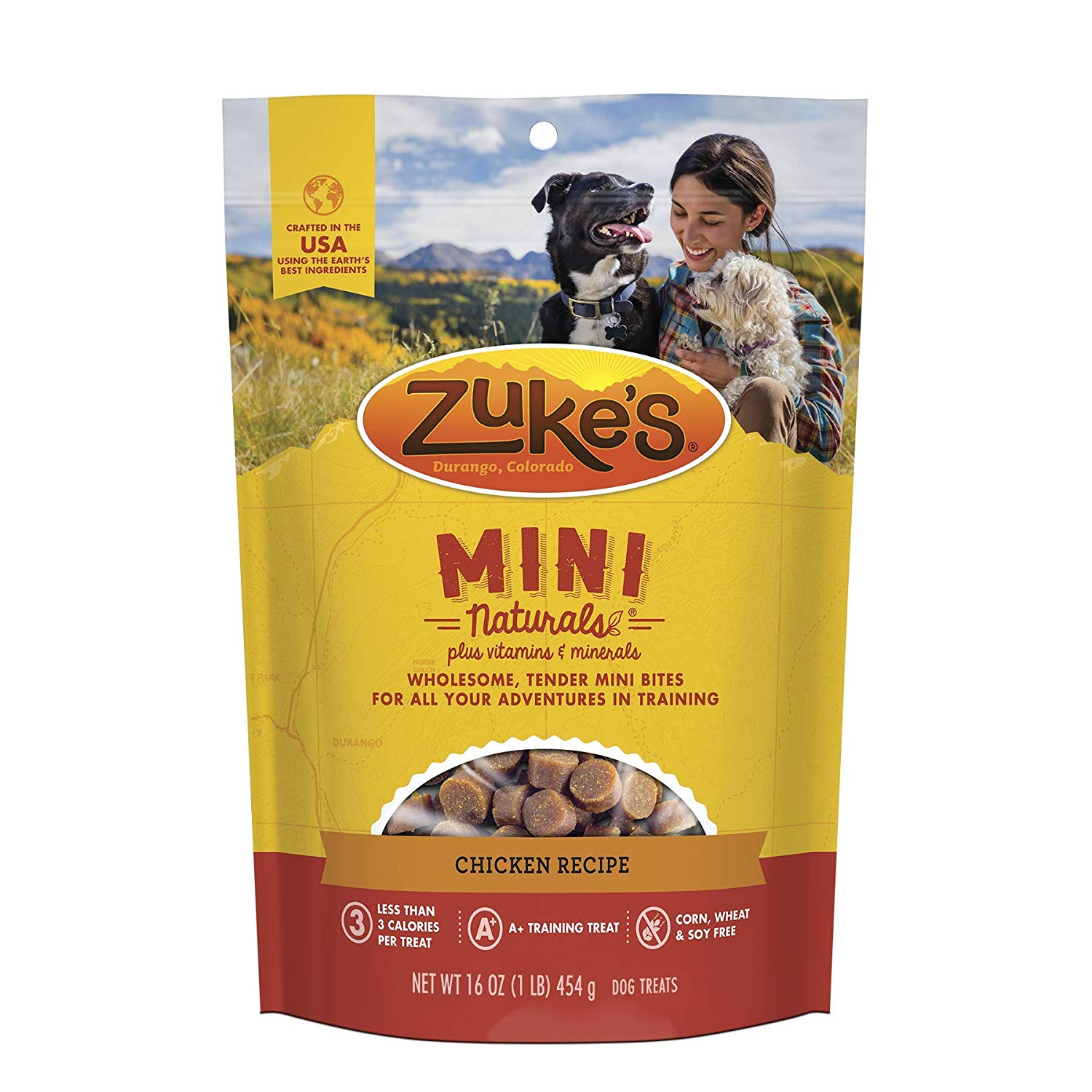

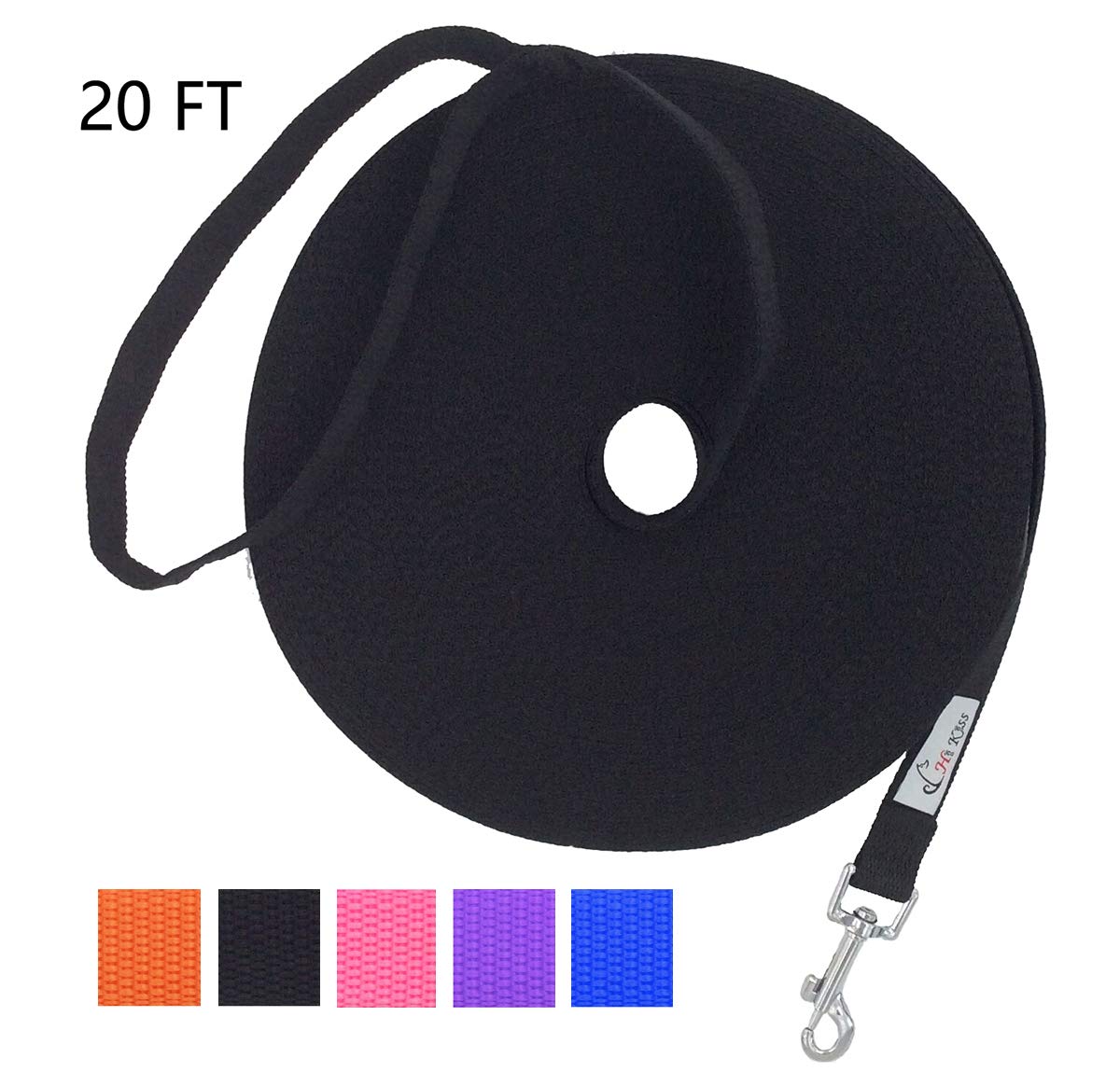
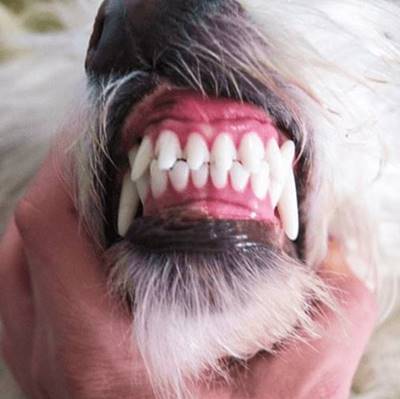
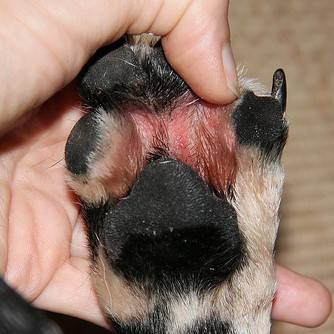

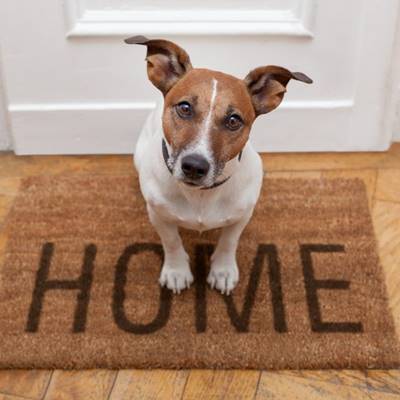
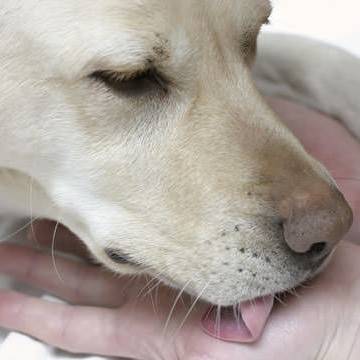
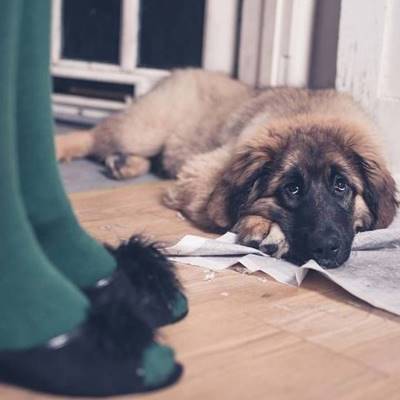

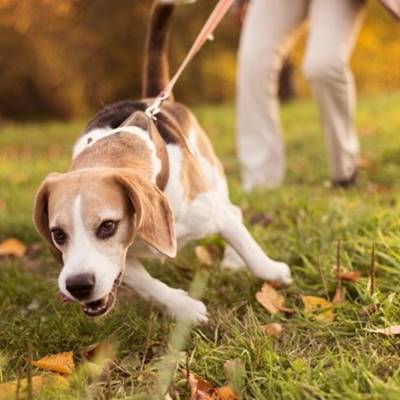
0 Comments